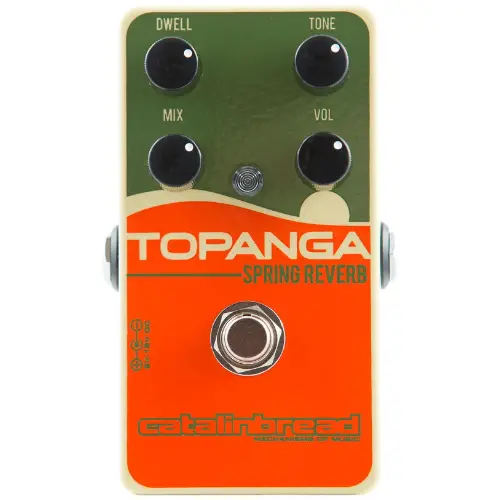Beatboxing is a great hobby for people who love music, rhythm and creating new sounds with their vocal chords!
Introduction to Beatboxing
Beatboxing is the art of creating beats, rhythms, and melodies using only the mouth and voice. It is often associated with hip hop music, but it can be used in a variety of musical styles.
Beatboxing has a long history that can be traced back to the early 1980s, when it was popularized by artists such as Doug E. Fresh and The Fat Boys.
It has since evolved and been incorporated into a wide range of musical genres. Today, beatboxing is a respected art form that is practiced by people all over the world.

Basic Beatboxing Techniques
The key to beatboxing is learning how to control and manipulate your mouth and throat muscles to produce different sounds.
Some common beatboxing techniques include:
- Tongue clicks: These are produced by clicking your tongue against the roof of your mouth.
- Lip rolls: These are produced by rolling your lips to create a rhythmic buzzing sound.
- Throat kicks: These are produced by tightening your throat muscles to create a percussive sound.
Once you’ve mastered the basic techniques, you can start experimenting with different sounds and rhythms.
Here are a few ideas to get you started:
- Create a simple beat by alternating between throat kicks and tongue clicks.
- Add in lip rolls to create a more complex rhythm
- Experiment with different vowel sounds and mouth shapes to create a variety of effects, such as snare drums, hi-hats, and cymbals.
Remember to practice and have fun with it! It takes time to master beatboxing, but the more you practice, the better you’ll become.
Check out this quick 1-minute crash-course on beatboxing techniques to start practicing right away:
Advanced Beatboxing Techniques
Once you’ve mastered the basic beatboxing techniques, you may want to try incorporating effects pedals and looping pedals into your performance.
These devices can be used to add layers of sound and create complex rhythms and melodies.
Effects pedals: Effects pedals are electronic devices that allow you to alter the sound of your voice in real-time. Some common effects include reverb, delay, and distortion. By using an effects pedal, you can add depth and texture to your beatboxing performance.

Loop pedals: A loop pedal is a device that allows you to record and loop a section of sound. This can be especially useful for beatboxers, as it allows you to create complex rhythms and melodies by layering different sounds on top of each other.

Once you’ve learned how to use effects pedals and looping pedals, you can start experimenting with creating more complex rhythms and melodies.
Here are a few ideas to get you started:
- Record a simple beat and use a looping pedal to layer additional sounds on top of it.
- Use an effects pedal to add depth and texture to your beats.
- Experiment with different effects and layering techniques to create unique and interesting sounds.
Remember to have fun and be creative with it! These advanced techniques can take some time to master, but the more you practice, the better you’ll become.
Check out a few of the unique sounds and layering you can achieve with beatboxing, looping, effects and tons of practice here:
Practice and Performance Tips
One of the best things about beatboxing is that it is a highly individualized art form.
As you continue to practice and develop your skills, it’s important to find your own unique style and voice.
Here are a few tips to help you develop your own beatboxing style:
- Experiment with different sounds and techniques to find what works for you.
- Don’t be afraid to take inspiration from other beatboxers, but try to put your own spin on things.
- Practice regularly to improve your skills and develop your own signature sound.

Tips for Practicing and Performing in Front of an Audience
If you’re planning on performing in front of an audience, it’s important to practice and prepare beforehand.
Here are a few tips to help you perform at your best:
- Practice regularly to build up your stamina and endurance.
- Warm up your voice and mouth before performing to prevent fatigue and injury.
- Use a microphone if you’re performing in front of a large audience, as it will help your voice carry and make it easier for people to hear you.
- Have fun and be confident! The more you enjoy yourself, the more your audience will enjoy your performance.
If you are looking for a microphone to practice your beatboxing performance skills with check out the SHURE SM58. The SM58 is far and away the industry standard for live vocal performance and beatboxing.

Remember to take breaks and be kind to your voice. It’s important to practice, but it’s also important to give your voice and mouth a rest when they need it.
Conclusion
We’ve covered the basics of beatboxing, including the mouth and throat techniques used to produce different sounds, advanced techniques like using effects pedals and looping pedals, and tips for practicing and performing in front of an audience.
Beatboxing is a challenging but rewarding art form that requires practice and dedication to master.
If you’re just starting out, don’t get discouraged if you’re not a pro right away – it takes time and practice to develop your skills.
Keep working at it, and you’ll be amazed at how far you can go. And if you’re already an experienced beatboxer, keep pushing yourself to try new things and improve your skills. The more you practice, the better you’ll become.

